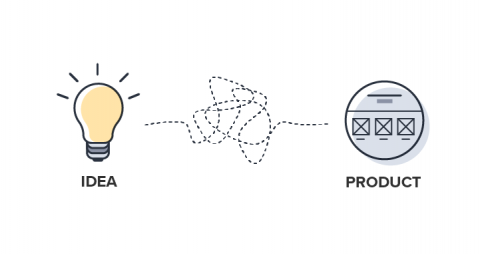
As a startup, everything you do is extremely important and has to be done right. The first thing, after coming up with an idea is to formulate a team which can realize all your dreams into reality. It is of the utmost importance that you hire people who actually believe in your business and want to make it a success as much as you do. Your team has to be a combination of people who bring different strengths and skills to the table. To hire the perfect people, analyze your own skills and expertise, see what lacks in your team and then choose the person most likely to fill that gap.
“The one thing that always stands out the most in an early stage startup is the team.” — David Pakman, Partner at Venrock
Having a great idea or product is essential but when it comes to investing, the investors are more likely to go with the team dynamic. For a startup to survive, the commitment of the team is essential. You have to be energetic and you have to be determined to be able to become a success as a startup goes through various highs and lows when starting out. There is no such thing as an ‘immediate success’, so surround yourself with people who’ll motivate you and will bring positivity to the group.
Apart from having a great team, having a minimum viable product (MVP) is a huge plus for any startup. Keeping in mind that different startups keeping cropping up, you have to make sure that you are taken seriously. While you might be brilliant at explaining what your startups is all about and what solution you are aiming to provide, having a MVP would show investors that you have invested time and effort in your startup.
Certain things happen when you start putting together your MVP and it becomes quite a learning experience. Some of these are listed below:
When you begin work on a MVP, you start to see things differently. Ideation gets you only so far, practically building your product will help identify areas of improvement.
By making a MVP in advance, you can work on it according to your pace without a sword hanging on your head.
To build a MVP, you’ll need relevant products which will help you get in touch with relevant vendors and this will not only give you a proper view of the market, it will also help you form partnerships with the vendors.
By building your MVP, you’ll get the hang of the process, reducing the manufacturing time.
With a MVP, you can show investors your level of commitment, you can also let the MVP do the talking. Instead of explaining an idea of how things will work out, you can show everyone how your product works. Along with that, you can demonstrate your creativity of putting together something which is a product of your imagination. Watching a practical demonstration might compel investors to invest immediately as compared to simply explaining an idea in words.
Get to work now and bring your A game when pitching to an investor!

